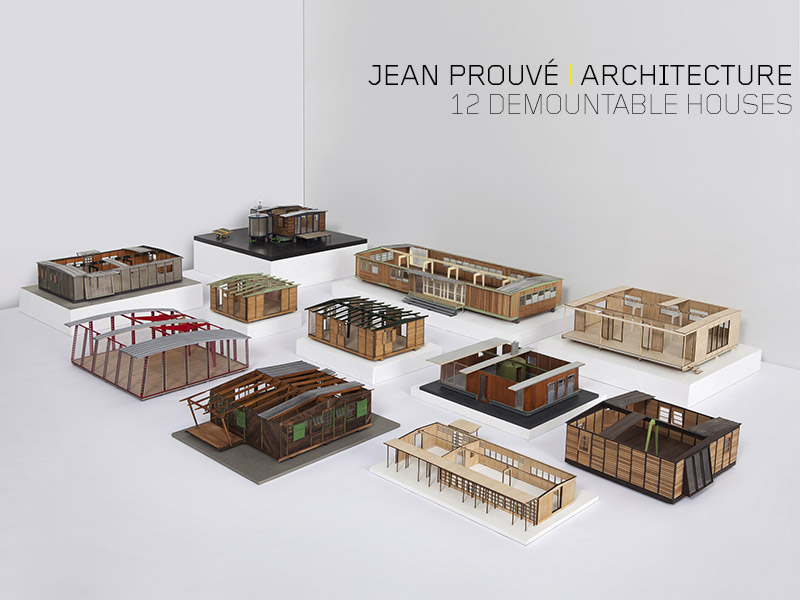
Galerie Patrick Seguin London is pleased to present an exhibition devoted to the architecture of Jean Prouvé from October 4th to January 21st. This exhibition focuses on 12 different works of Jean Prouvé’s demountable architecture: the Bouqueval School (1949) adapted by Jean Nouvel, the Ferembal House (1948) adapted by Jean Nouvel, the Design Office from the Ateliers Jean Prouvé (1948), the 6×6 and 6×9 meter Houses (1944) intended as temporary housing after the war, the 6×6 House (1944) adapted by Rogers Stirk Harbour + Partners, the 8×8 House (1945), the “all wood” F 8×8 BCC (1942) created with Pierre Jeanneret, the Temporary School of Villejuif (1957), the House of Better Days (1956) designed for the anti-poverty crusader Abbé Pierre, the Métropole Aluminum House (1949) and the Total Filling Station (1969).



